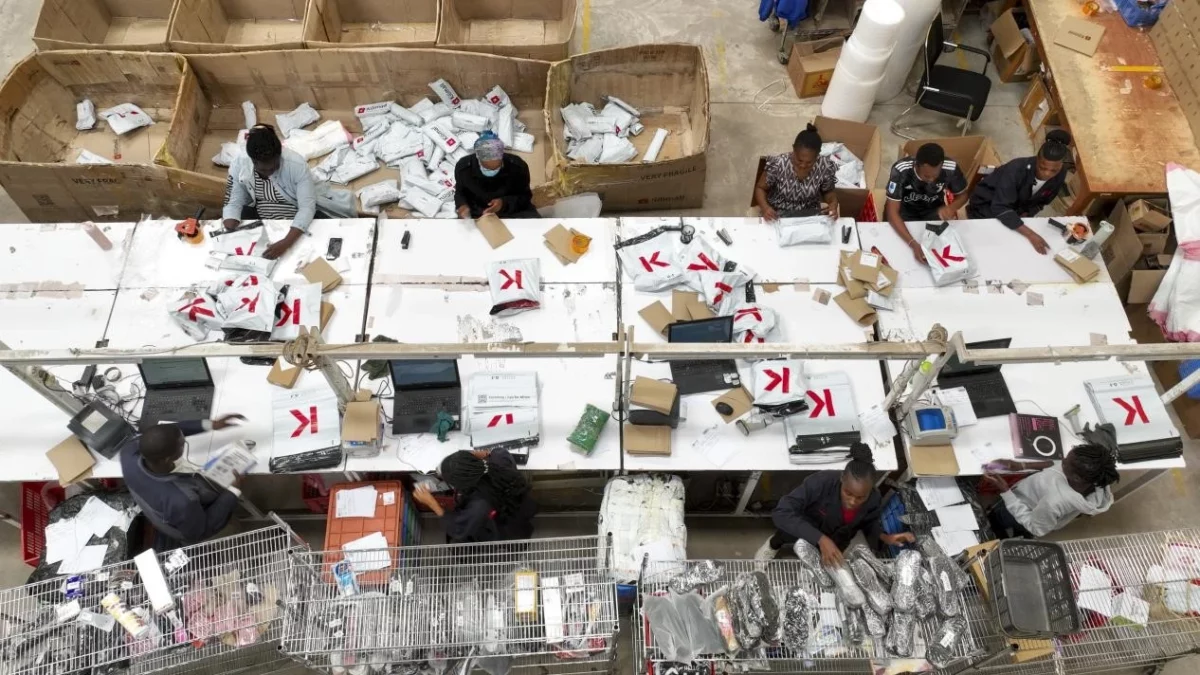Autism Spectrum Disorder (ASD) is a developmental challenge rooted in unique brain characteristics. This condition often translates into difficulties with social interaction, communication, and the manifestation of repetitive behaviors or focused interests.
While certain traits might resonate with individuals who don’t have ASD, for those struggling with this condition, these attributes can greatly impact their daily lives.
The onset of ASD occurs before the age of 3, persisting across a person’s lifespan with the possibility of symptoms persisting over time. Some children may display signs within their first year, while others might not exhibit indicators until the age of 2 or beyond.

Interestingly, certain children might initially meet their developmental milestones, only to experience a plateau or even regression around the ages of 18 to 24 months.
As individuals with ASD transition from childhood to adolescence and adulthood, they often encounter hurdles in forming friendships, navigating social interactions, and comprehending societal norms within educational or professional settings.
Additionally, there’s a prevalence of co-existing conditions like anxiety or Attention Deficit Hyperactivity Disorder (ADHD) in the ASD population.
According to the Centers of Disease Control and Prevention, some of the common symptoms among people with Autism include;
- Limited responsiveness to one’s own name
- A preference for solitary activities over interactive play
- Challenges with maintaining consistent eye contact and displaying facial expressions
- Delays or regression in speech development
- Difficulties in initiating or sustaining conversations
- Struggles in comprehending and responding to questions or instructions
- Challenges in expressing emotions and recognizing the emotions of others
- Difficulties in understanding nonverbal cues such as facial expressions, body language, or tone of voice

The focus of treatment and intervention for individuals with autism is on improving their quality of life, enhancing their communication skills, managing any co-occurring conditions, and helping them develop skills for independence and social interaction.
Read Also: Kenya celebrates World Autism Awareness Month
Here are some approaches and therapies commonly used to support individuals with autism:
Early Intervention: Early diagnosis and intervention can make a significant difference in the lives of individuals with autism. Early intervention services, which can include speech therapy, occupational therapy, and behavioral interventions, aim to improve communication, social interaction, and daily living skills.
Behavioral Therapies: Applied Behavior Analysis (ABA) is a widely recognized behavioral therapy for individuals with autism. It focuses on identifying and reinforcing desired behaviors while reducing problem behaviors.
Speech and Language Therapy: Many individuals with autism experience challenges in verbal and nonverbal communication. Speech and language therapy can help improve language skills, communication, and social interaction.

Occupational Therapy: Occupational therapy focuses on helping individuals develop the skills needed for daily living, such as dressing, eating, and grooming. It also addresses sensory sensitivities that are common in individuals with autism.
Social Skills Training: Social skills training helps individuals with autism learn and practice appropriate social behaviors, such as making eye contact, taking turns in conversation, and interpreting facial expressions.
Medication: While medication cannot cure autism, it can help manage some of the symptoms that often accompany the disorder, such as anxiety, depression, aggression, and hyperactivity. Medication is usually prescribed based on individual needs and symptoms.
Educational Support: Many individuals with autism benefit from specialized educational programs tailored to their needs. These programs may be offered in mainstream schools with additional support or in special education settings.
Subscribe to our YouTube channel at Switch TV
It’s crucial to recognize that autism is a spectrum, and each individual’s experience and needs are unique. Therefore, the approach to intervention and support should be tailored to the individual’s strengths, challenges, and preferences.




























